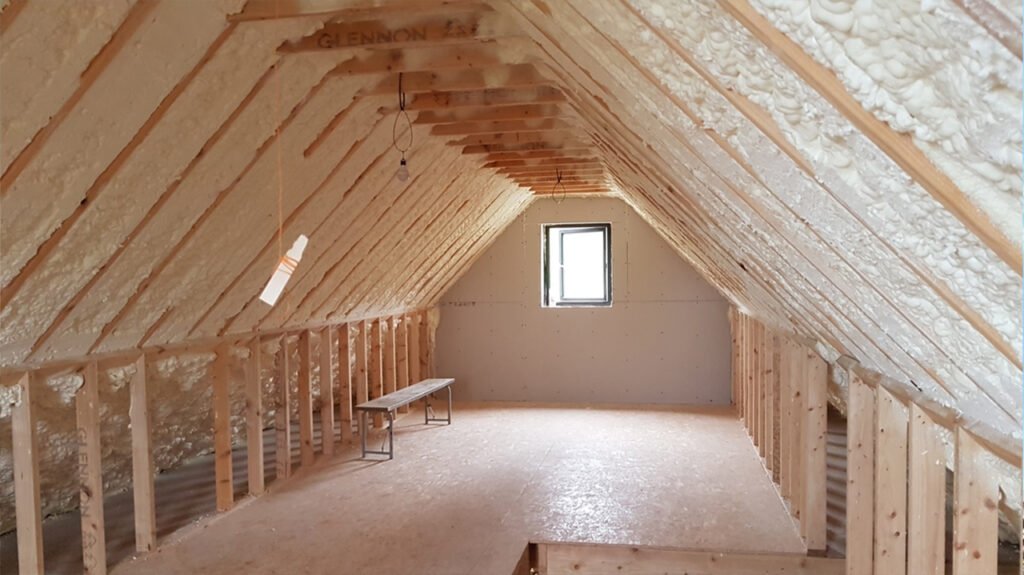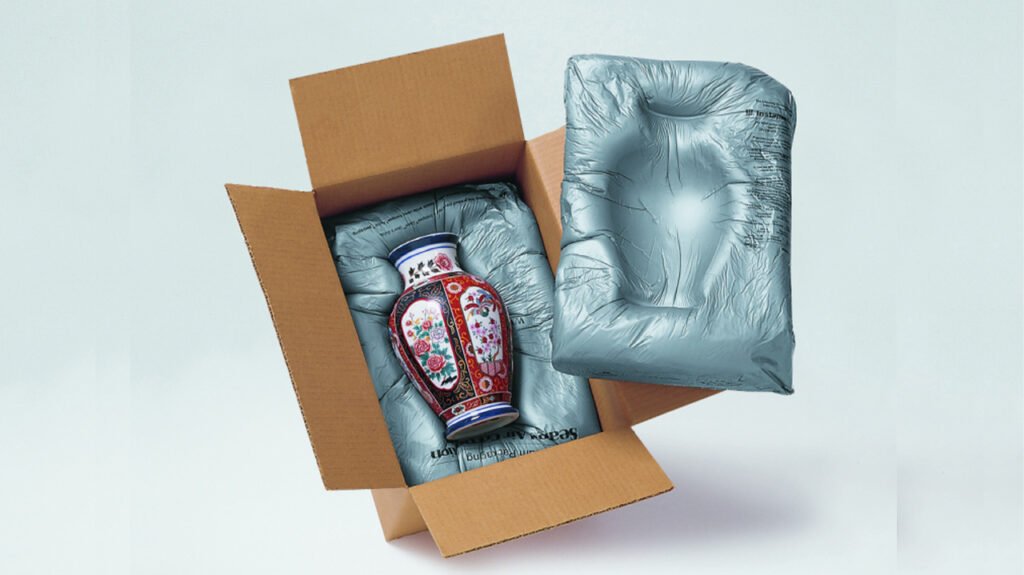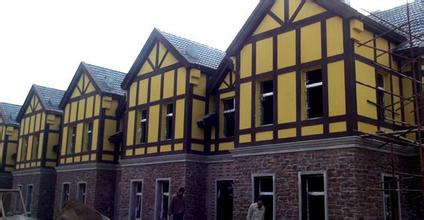Polyurethane rigid foam (PUR rigid foam) is a versatile material with remarkable thermal insulation properties, low density, high strength, and durability, making it indispensable across various industries. Whether used in construction, refrigeration equipment, automotive lightweighting, or packaging protection, polyurethane rigid foam has demonstrated significant value. So, how is this material produced? In this article, we will provide a detailed overview of the polyurethane rigid foam production process, covering raw material preparation, chemical reactions, foaming processes, shaping, curing, and more, along with its key applications in different industries. We will also incorporate important technical data to provide a clearer picture of the manufacturing process.
What is Polyurethane Rigid Foam?
Polyurethane rigid foam is created by the reaction between isocyanates and polyols, with catalysts and blowing agents used to produce a foam structure. The foam typically features a closed-cell structure, offering excellent thermal insulation, low density, and high mechanical strength. Some key properties of polyurethane rigid foam include:
- Density: Typically ranges from 30 to 100 kg/m³, depending on the formulation and application.
- Thermal Conductivity: Generally ranges from 0.020 to 0.030 W/m·K, which is excellent for thermal insulation purposes.
- Compressive Strength: Can vary from 150 to 600 kPa (depending on foam density and formulation).
- Moisture Absorption: Less than 2% by weight, ensuring excellent moisture resistance.
These characteristics make it suitable for a wide range of industrial applications, including building insulation, refrigeration, automotive, and packaging.
Detailed Steps for Producing Polyurethane Rigid Foam
1. Raw Material Preparation
The primary raw materials for producing polyurethane rigid foam include polyols, isocyanates, catalysts, blowing agents, and other additives. Here’s a breakdown of the key ingredients used:
- Polyols: Polyether polyols or polyester polyols, which determine the foam’s flexibility and thermal stability.
- Example: Polyether polyol with a molecular weight of around 3000 g/mol.
- Isocyanates: The most commonly used are MDI (methylene diphenyl diisocyanate) and TDI (toluene diisocyanate).
- Example: MDI typically used in rigid foam systems has an isocyanate index between 100 and 120.
- Blowing Agents: Water (reacting with isocyanate to generate CO₂ gas), HCFCs, or HFCs (depending on environmental concerns).
- Example: 0.8-1.2% by weight of water may be used in certain formulations to achieve specific foam densities.
- Catalysts: Amine-based or metal-based catalysts are used to speed up the reaction. Common choices include dimethylethanolamine (DMEA).
- Additives: Flame retardants (for fire resistance), stabilizers, and surfactants.
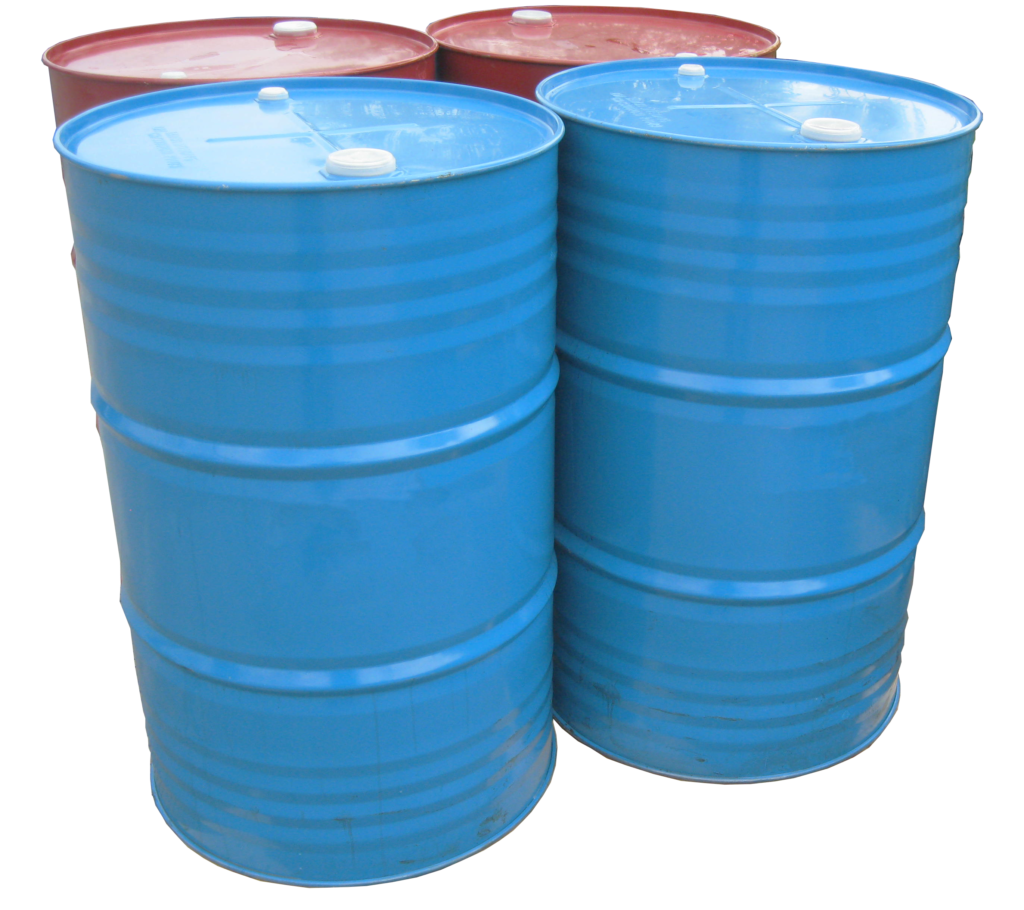
2. Mixing and Chemical Reaction
In the mixing stage, the raw materials (polyols, isocyanates, catalysts, and blowing agents) are combined in a precise ratio. The mixing method used can vary depending on the scale and equipment:
- Mechanical Mixing: Polyols and isocyanates are mixed using high-speed stirring devices. This is ideal for small to medium-scale production.
- Reaction Injection Molding (RIM): This method is often used for large-scale production, where raw materials are injected into molds under high pressure, ensuring a more uniform reaction.
The chemical reaction that occurs between the polyol and isocyanate produces polyurethane chains, while the blowing agent (typically water) reacts with the isocyanate to produce carbon dioxide, causing the foam to expand. This process takes place very quickly, within seconds.
- Reaction Time: The initial reaction time is usually 10 to 20 seconds, after which the foam begins to expand.
- Foam Expansion: The foam’s expansion ratio can range from 3:1 to 10:1, depending on the density and formulation requirements.
3. Foaming and Expansion
During foaming, carbon dioxide gas is generated as a byproduct of the reaction between water and isocyanate, causing the foam to expand. The expansion process is controlled based on temperature, pressure, and the amount of blowing agent used.
- Foam Density: Ranges from 30 to 100 kg/m³ for rigid foam, depending on the application (higher density is generally used for structural applications).
- Expansion Ratio: Typically between 5 and 10 times the original volume of the mixture, depending on the formulation and application.
- Cell Structure: The foam produced is usually closed-cell, with the average cell size typically between 0.1 and 0.5 mm, contributing to its excellent insulation properties.
4. Shaping and Curing
After foaming, the foam is transferred to molds for shaping, where it continues to expand and cure. The curing process involves cross-linking the polymer chains, making the foam solid and stable.
Curing Time: Curing typically takes 10 minutes to 2 hours, depending on the foam’s density, formulation, and ambient temperature.
Shaping: The foam can be shaped into various forms such as boards, blocks, or custom shapes. For example, rigid foam boards used for insulation in construction typically have dimensions of 1200 x 2400 mm or 600 x 1200 mm.
Curing Temperature: Generally, curing occurs at temperatures between 30°C and 80°C, ensuring optimal cross-linking.
5. Cutting and Post-Processing
After curing, the foam is cut into the desired shapes and sizes. The cutting process is often carried out using precision equipment, such as mechanical cutters, water jets, or lasers.
- Cutting Precision: Cutting tolerance is typically ±2 mm for standard foam products, ensuring accuracy for various applications.
- Surface Treatment: In some cases, the foam undergoes surface treatment to improve its durability and appearance. This could involve surface coating or smoothing processes.
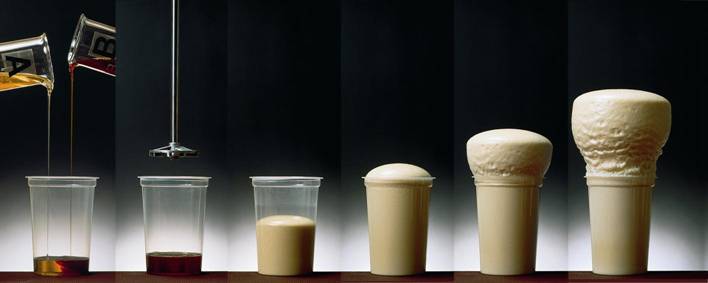
Applications of Polyurethane Rigid Foam
Polyurethane rigid foam has extensive applications across various industries. Some of the key sectors using this material include:
- Construction and Building Insulation: Rigid foam is widely used for insulating roofs, walls, floors, and foundations in buildings. It can improve energy efficiency by reducing heating and cooling costs by up to 40%. Foam boards are commonly available in thicknesses ranging from 30 mm to 100 mm.
- Thermal Conductivity: 0.020–0.030 W/m·K, providing excellent thermal resistance.
- Refrigeration: In refrigerators, freezers, and cold storage facilities, polyurethane foam serves as the core insulation material, helping maintain a consistent internal temperature and saving energy.
- Density: Ranges from 40 to 70 kg/m³ for cold storage panels.
- Automotive: Polyurethane foam is used in automotive seating, insulation, and soundproofing materials, reducing vehicle weight and improving comfort.
- Packaging: Used as protective foam material for packaging sensitive electronic equipment, ensuring safe transport.
- Energy Applications: Used in solar energy panels, wind turbine blades, and insulation for energy-efficient buildings, improving the overall performance and longevity of energy systems.
- Aerospace: In the aerospace industry, rigid polyurethane foam is used for insulation and structural components to reduce weight and enhance safety.
Key Data on Polyurethane Rigid Foam Performance
- Thermal Insulation: With a thermal conductivity ranging from 0.020 to 0.030 W/m·K, polyurethane rigid foam significantly reduces energy consumption for heating and cooling.
- Compressive Strength: Depending on the density and formulation, compressive strength can range from 150 to 600 kPa, suitable for structural applications.
- Water Absorption: Polyurethane rigid foam exhibits low water absorption, typically below 2%, ensuring durability and moisture resistance in challenging environments.
The production process of polyurethane rigid foam, while involving complex chemical reactions and precise control, results in a material with superior thermal insulation, lightweight characteristics, and high strength. From raw material preparation to final cutting and processing, each step in the production process must be carefully managed to ensure product quality and performance.
With its excellent physical properties, polyurethane rigid foam continues to be a key material in various industries. Whether for building insulation, refrigeration, or automotive applications, it helps to reduce energy consumption, improve safety, and offer long-lasting durability.
As technology evolves, the applications of polyurethane rigid foam will only grow, providing even more opportunities for energy efficiency and sustainable development. For more technical guidance and solutions on producing and using polyurethane rigid foam, feel free to contact our professional team.



